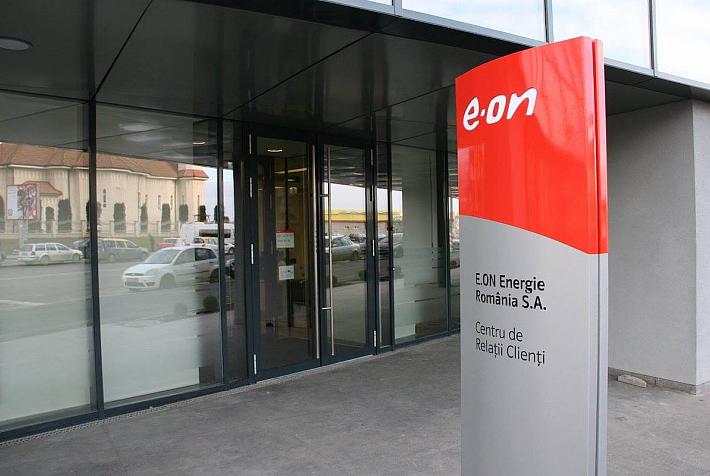NGO: Planned deforestation works destroy famous Dacian site in Romania

Agent Green, a local NGO focused on protecting Romania’s forests, and Dacica Foundation say that the planned tree cutting at the Dacian fortress Sarmizegetusa Regia in central Romania is seriously and irreversibly affecting the archaeological site.
The site was closed to the public on January 22 for deforestation, but images captured with the help of a drone show huge trees that have been cut and collapsed over the walls of the former Dacian capital, the NGO said in a press release. Moreover, although the cuts were said to be necessary for the protection of the site and its visitors, most of them were carried out of the tourist route.
“Cuttings have been made under the pretext of protecting the site but have resulted in its destruction. They took large machines up to the fortress's acropolis and the sacred area. They left deep traces in the soil although they knew the archaeological layer was just a few inches deep. The trees that fell over the fortification affected portions of the ancient wall. […] This is a damage punishable by law,” said Dr. Aurora Peţan, historian and president of Dacica Foundation.
“The site has double protection, being both in the fully protected area of the Grădiștea Muncelului – Cioclovina nature park, as well as an archaeological site and UNESCO monument. Moreover, the forest was part of the 2005 virgin forest inventory, with monumental trees that stabilized the soil. They took the trees down exactly on the walls of the fortress and dragged them through the site with large forestry tractors under water-soaked soil conditions, leaving irreversible wounds in the site. Something like this should never happen,” said Gabriel Paun, biologist and president of Agent Green.
The NGO also said that the site’s administration doesn’t have a long-term plan of action, and the deforestation works are to be carried out on 17 of the 18 hectares of the UNESCO site. The cuttings started on January 22 include a total of 103 trees, and 80 of them had already been cut by February 1. Although the site’s administration said all the trees were old, Agent Green said most of the extracted wood actually has a great economic value.
“The drone images speak for themselves, and the situation requires a broad investigation of the Prosecutor's Office and a quick intervention of the authorities, as they can still take the necessary steps to save what can be saved and punish the perpetrators. Basically, the site’s administration requested the deforestation and the Ministry of Forest approved the extraction of 306 cubic meters of wood. We understand and support the protection of the site and the visitors, but the superficiality with which the cuts were approved and the way in which the works are done are not right,” Gabriel Paun also said.
Sarmizegetusa Regia, the former capital of Dacia, was founded in the second half of the 1st century BC. and it worked for about a century and a half until it was conquered by the Romans in AD 106. After this date, the forest grew over the ruins, and this symbiosis of history-nature has been perpetuated for nearly two millennia to this day. Although there were forest exploitations in the area in several periods, the forest on the ruins was permanently protected, according to Agent Green. 35 hectares of secular trees in the area were declared reservation during the Communist period. Between 1950 and 1980, some tree cuts took place to make the monument more attractive and facilitate archaeological research.
Last fall, the Dacian fortress Sarmizegetusa Regia was closed to the public for almost a month for restoration and maintenance works.
Western Romania Dacian sites welcome more visitors in 2017
Irina Marica, irina.marica@romania-insider.com
(photo source: Agentgreen.ro)












